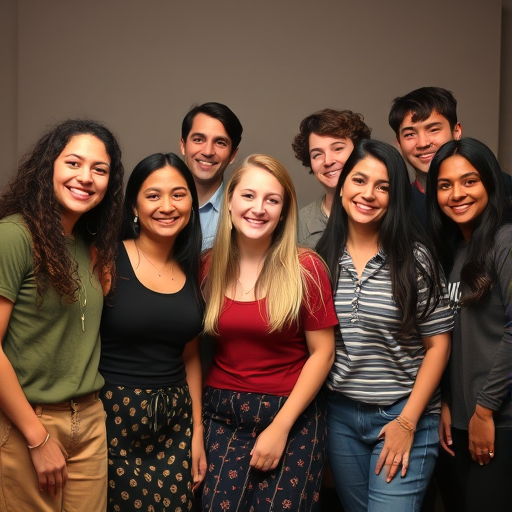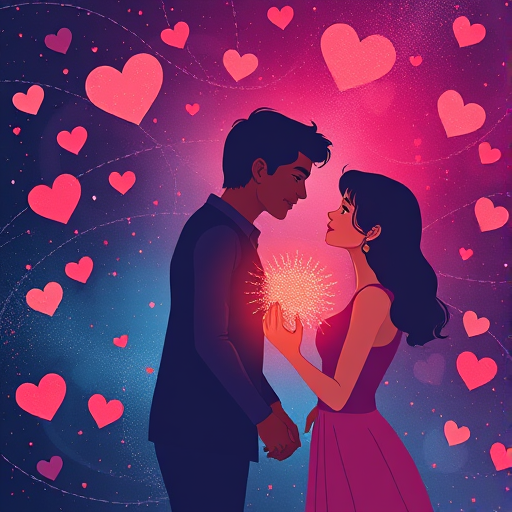The Science of Attraction: Why We Fall in Love
Meta description: Ever wondered why we fall in love with certain people and not others? Discover the fascinating science behind attraction and the biological, psychological, and social factors that influence who we choose to love.
Introduction
Have you ever felt an instant connection with someone, a spark that ignites a fire of passion and intrigue? Or perhaps you’ve found yourself falling for a friend, and wondered why this person, of all people, has captured your heart? The mystery of why we fall in love has intrigued humans for centuries, inspiring artists, poets, and scientists alike. While it may seem like a magical, unpredictable force, there is a fascinating science behind attraction and love.
In this article, we will explore the biological, psychological, and social factors that influence who we fall in love with, uncovering the intricate dance of hormones, brain chemistry, and personal history that leads us to our chosen partners. Get ready to discover the science behind the most enigmatic of human experiences – love.
The Biology of Attraction
When it comes to initial attraction, biology plays a significant role. The first spark of interest often comes down to physical characteristics that indicate health and fertility, which are unconsciously recognized as attractive.

For example, studies have shown that symmetrical faces are often perceived as more attractive, as symmetry suggests good genes and healthy development. Similarly, certain body shapes and sizes are considered attractive due to their association with fertility and health. Pheromones, chemical signals detected by the olfactory system, also play a role in attraction, with some people finding the natural scent of another person particularly alluring.
On a biological level, the body’s chemistry changes when we are attracted to someone. Neurotransmitters like dopamine and norepinephrine are released, creating feelings of excitement and pleasure. Our bodies also produce oxytocin, often referred to as the ‘love hormone,’ which promotes bonding and attachment. This complex cocktail of hormones and chemicals creates the intense feelings of attraction and desire that we experience when we first fall for someone.
The Psychology of Love
Beyond physical attraction, our psychological makeup plays a crucial role in who we fall in love with. Our unique personalities, life experiences, and emotional needs all influence our choice of partner.
Psychologists have identified several factors that contribute to romantic attraction. Similarity and familiarity, for instance, are powerful forces. We tend to be drawn to people who share our values, beliefs, and interests, as this creates a sense of comfort and understanding. Proximity also matters – the mere exposure effect suggests that the more we see someone, the more attractive they become.

Our past experiences and attachment styles also shape our love lives. Those with secure attachment styles often seek out stable, committed relationships, while those with anxious or avoidant attachment styles may find themselves attracted to partners who reinforce these patterns. Ultimately, our psychological makeup guides us towards partners who can fulfill our emotional needs and complement our personalities.
Social Factors and Love
While biology and psychology play a significant role in attraction, social factors also influence who we fall in love with. Our cultural and societal norms, as well as our personal values, shape the types of people we are drawn to.
For example, social status and wealth are often considered attractive attributes, as they indicate access to resources and security. Similarly, shared interests and hobbies can spark attraction, as they provide a foundation for a deep connection and shared experiences.

Additionally, our social circle can greatly impact our love lives. We are often attracted to people within our social network, as we are more likely to encounter and interact with them. Friends and family can also influence our choices, either consciously or unconsciously, by providing their input




